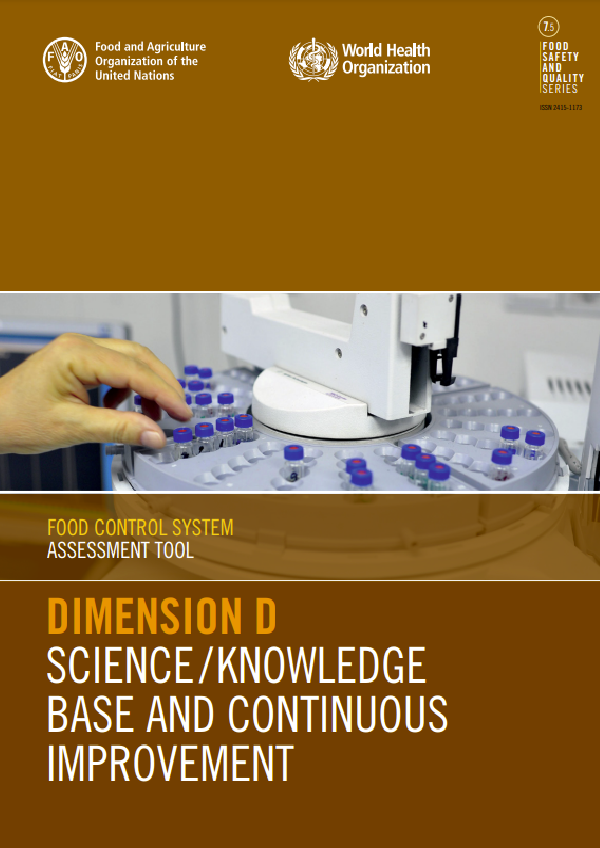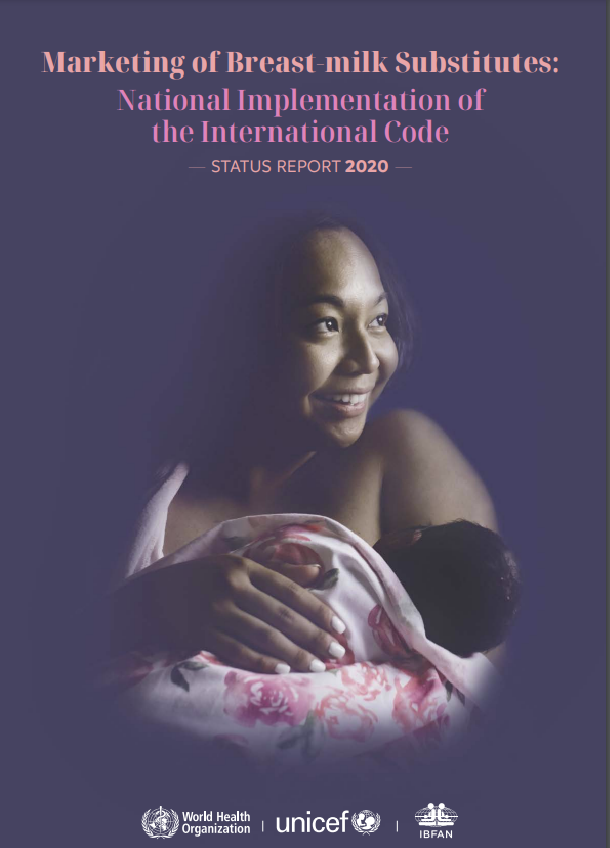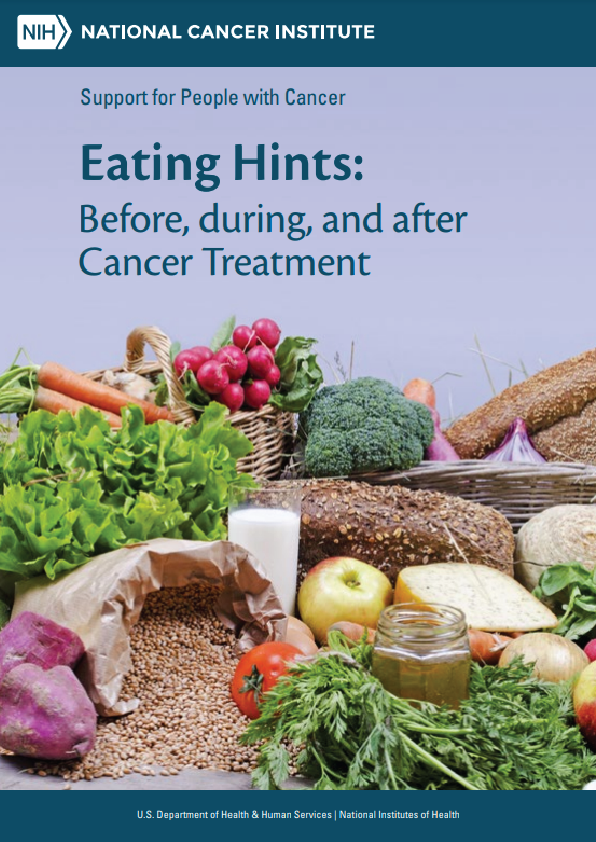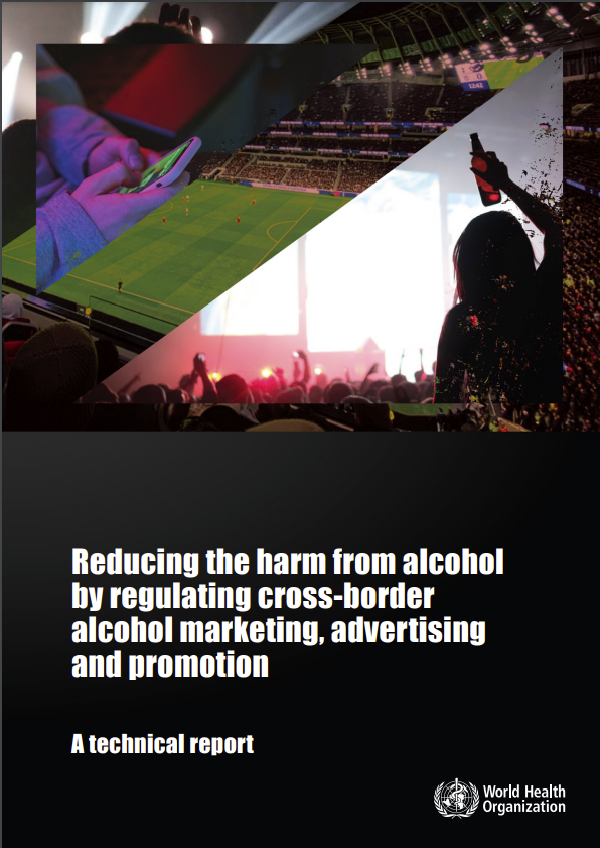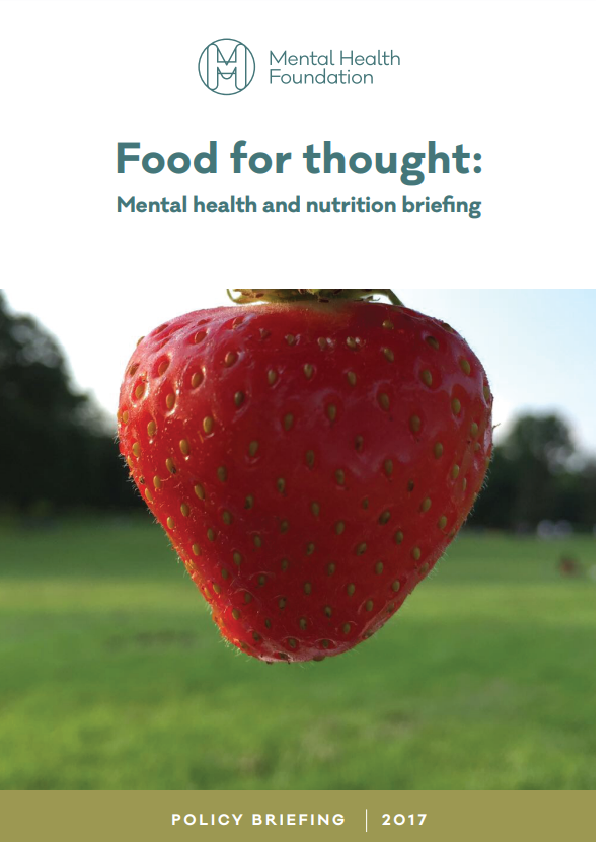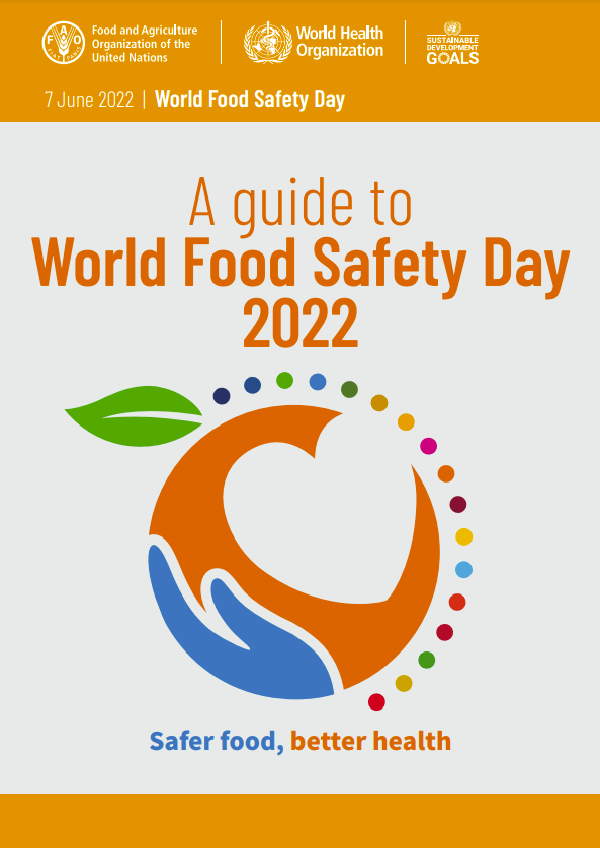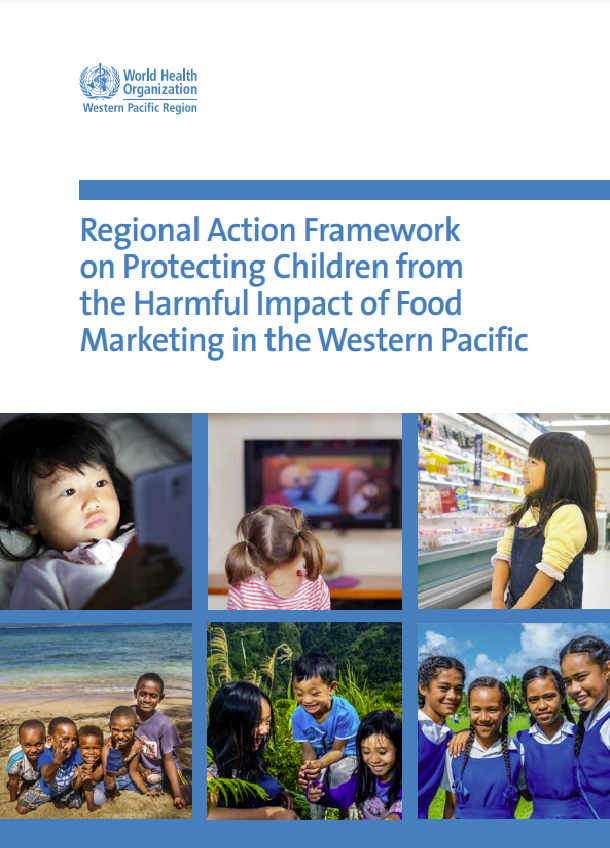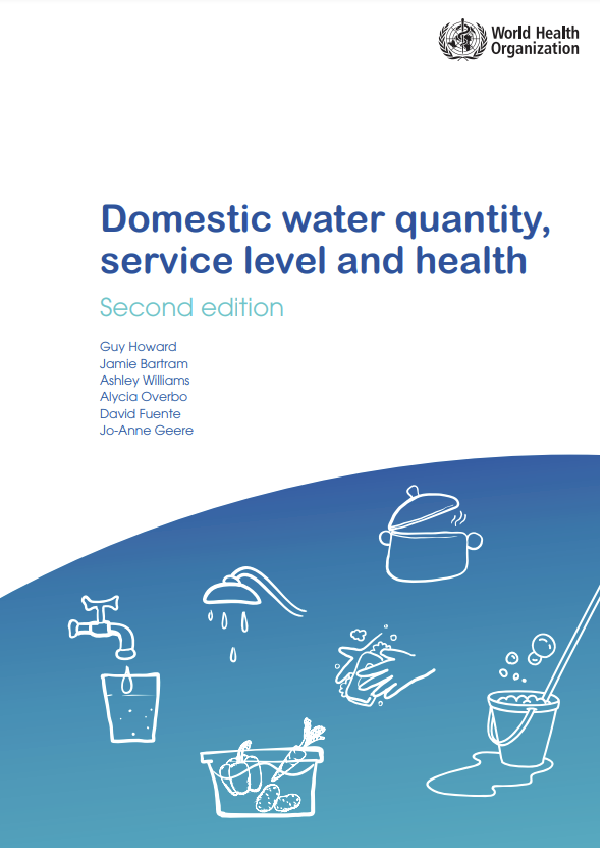Overview
Dimension D looks at the necessary features for the system to build its scientific soundness and to keep abreast of new scientific developments and innovations, in order to continuously improve. Dimension D consists of five competencies under two sub-dimensions which are Evidence/Risk Base, and Continuous Improvement.
D.1. Evidence/Risk Base explores how competent authorities anchor their decisions on relevant scientific and technical information, reviews the robustness of information collection processes as a foundation for risk analysis, and assesses the use made of this risk analysis framework to quantify food safety risks.
D.2. Continuous Improvement revolves around competent authorities’ capacity to review and improve performance, taking into consideration the most recent scientific and technical knowledge, to ensure the achievement of the relevant outcomes.
This sub-dimension explores how CAs anchor their decisions on relevant scientific and technical information, reviews the robustness of information collection processes as a foundation for risk analysis and assesses the use made of this risk analysis framework to quantify food safety risks.
Competency D.1.1 (Access of CAs to updated scientific and technical information) ensures that CAs base their food control decisions on relevant scientific and technical information. For this to happen, relevant staff should be provided with access to authentic and up-to-date sources of scientific and technical information; active collaborations should be in place with Centres of Excellence or Reference Centres for food safety; and staff should participate in professional associations. Staff should also be facilitated to share new knowledge with work colleagues and work teams, in a collaborative manner.
Competency D.1.2 (Capacity to collect and analyse data for risk analysis purposes) ensures primarily that risk analysis processes are based on robust information collection and quality data. Data collection activities that produce scientifically valid information to support risk analysis can be implemented only in the presence of sufficient infrastructure, technological capacity and expertise. Systems to monitor the collection and processing of data should be in place to guarantee the quality of data collection and analysis, and CAs should identify and collect data on country-specific hazards and commodity combinations. Multi-sectoral risk analysis should be carried out with a holistic view of the food supply chain that integrates information from the surveillance system and from routine inspection and monitoring. CAs should actively identify data needs for risk assessments while ad hoc research studies should be conducted to attribute food sources to specific diseases and to generate the burden of FBD estimates.
Competency D.1.3 (Knowledge and use by CAs of risk analysis framework) evaluates whether CAs appropriately use the risk analysis framework to quantify food safety risks, and use the outputs to plan and cyclically refine their food safety official controls. While competency D.1.2 is essentially about the validity of data that is collected and subsequently used, competency D.1.3 focuses on the processes in place to make use of the data. To begin, food safety and quality policy, food control legislation and related guidance should incorporate principles of risk analysis, within a risk management framework. CAs should demonstrate a sound understanding of risk analysis principles and should use risk ranking approaches to target resources for risk management. A repository of risk profiles should exist to inform policy and risk management decision-making and FBOs should be inserted into a risk-based vii inspection programme. Qualitative or, if possible, quantitative risk assessments should be conducted to deliver valid risk estimates in support of risk management decision-making process. Risk assessments and risk management measures should be periodically re-assessed. Finally, units conducting risk assessment and risk management should be functionally separated to protect the integrity of risk assessment as a scientific and objective exercise. When assessing this competency it is also important to understand how CAs have actually collaborated to produce an outcome that has a national validity. In other words, it is not sufficient that each CA understands and produces interesting outputs pertaining to the risk analysis framework (be it a risk assessment, or risk management measures, etc.), but that the process and the data used go beyond their immediate purview, if this is appropriate to the risk at stake.
More information:
Dimension A: Inputs and resources
